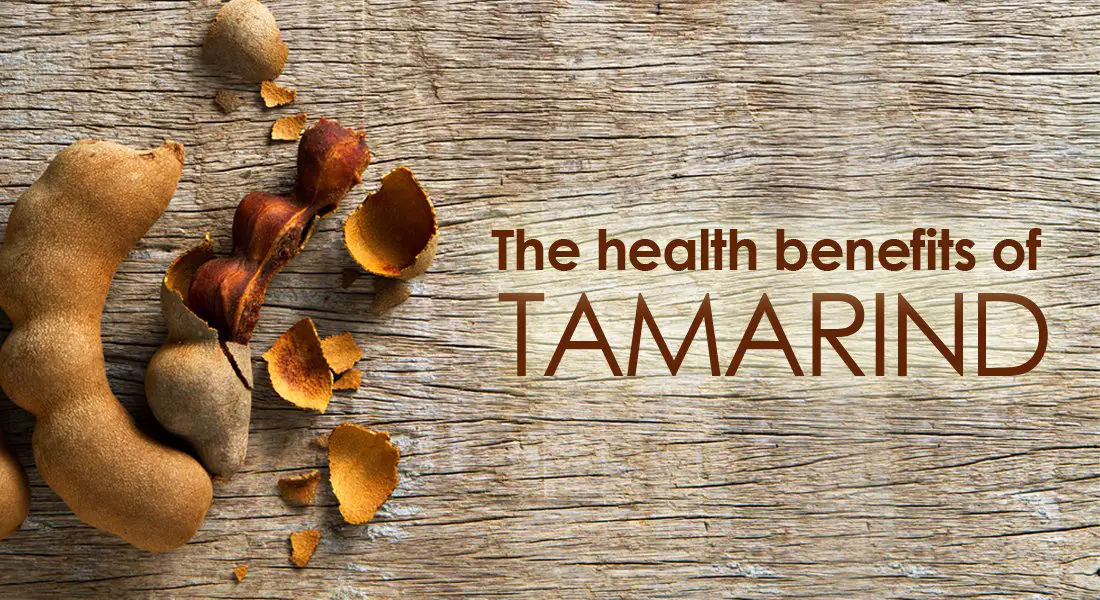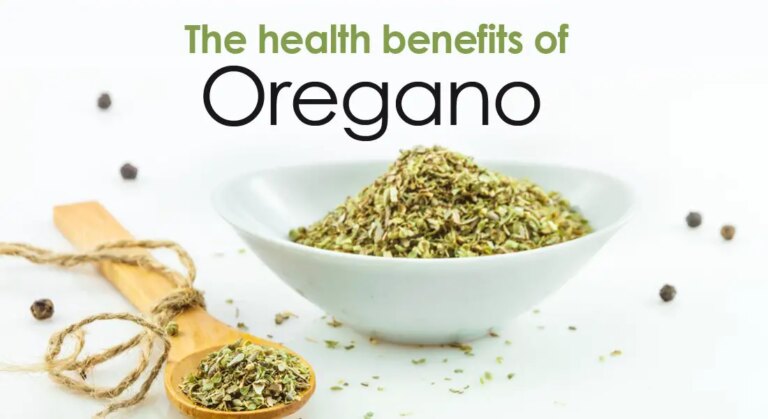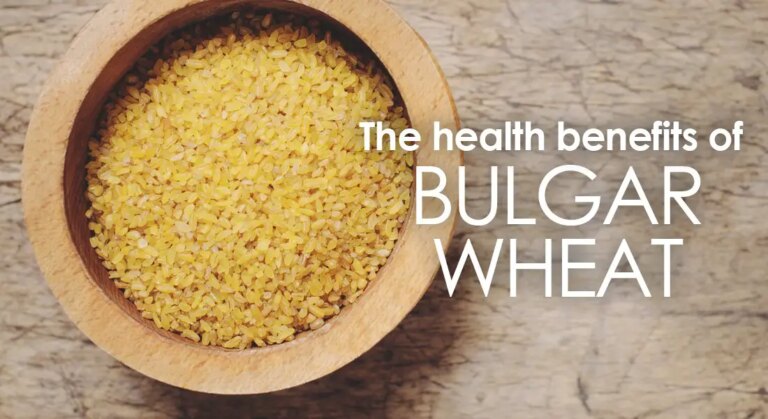Eaten as a fruit, pressed as a juice, or dried as a snack, tamarind is tasty and healthy. It is delicious and nutritious, sometimes called the “date of India.”
Tamarind has received a lot of attention, and the findings are promising. It is effective in helping to reduce blood pressure and cholesterol. Tamarind contains a good amount of fiber, which helps lower cholesterol by removing LDL cholesterol from arteries. Researchers believe the potassium in tamarind helps reduce blood pressure because it is a well-known vasodilator. Tamarind also contains high levels of vitamin C, which helps neutralize free radicals.
Tamarind Nutrition Facts
A half-cup (120ml) serving of tamarind contains the following nutritional values:
- 143 calories
- 2 grams of protein
- 0 grams of fat
- 38 grams of carbohydrates
- 3 grams of fiber
- 34 grams of sugar
It’s chock-full of nutrients, including:
- Vitamin B1 (Thiamine)
- Vitamin B3 (Niacin)
- Potassium
- Magnesium
- Phosphorus
- Iron
It has a distinct role in kitchens. Among its uses are chutneys, digestive sweets, pickles, jams, desserts, steak sauces, and confections. A variety of sauces contain it. It is widespread in Asian, South American, Central American, African, and Caribbean cuisines.

Health Benefits of Tamarind
Here are some of the amazing health benefits of tamarind.
Tamarind is Good for Weight Management
Nutritionists have found that tamarind can aid in weight loss and weight maintenance. Hydroxy citric acid in tamarind blocks an enzyme in the body known to accumulate fat. Studies have shown that eating tamarind can suppress appetite. Researchers have found that tamarind increases serotonin neurotransmitters. The additional research results show that tamarind might be used as a weight-loss supplement.
Tamarind has been a natural laxative throughout history, and recent studies have proved this to be true. Full of fiber when eaten as a fruit, the tamarind can increase the effectiveness of your digestive tract. Fiber can also bulk up stool, making it move quickly through the intestinal tract. Research has found that tamarind consumption helps stimulate the activity of bile, which dissolves food faster. It speeds up digestion because tamarind contains a lot of fiber. Recent studies have found that tamarind can also help with chronic diarrhea.
Tamarind is Good for Nerve Function
Research is being done with tamarind in regards to the body and nerves. Tamarind contains very high quantities of Thiamine responsible for improving nerve function. Not only does it help with nerve function, but it aids with muscle development as well. Thiamine is a B complex that helps with activity and reflexes.
Researchers are studying the link between tamarind and its ability to help those with diabetes. Tamarind prevents the absorption of carbohydrates by inhibiting an enzyme. Following the conversion of carbohydrates into simple sugars or fats, they become stored as glycogen. Carbohydrates can cause uncontrolled insulin and glucose levels, and tamarind is helpful in monitoring and controlling these fluctuations.
Tamarind is High in Antioxidants
Tamarind fruit is high in several polyphenols, including apigenin, catechin, procyanidin B2, and epicatechin. The high antioxidant level in tamarind may help prevent oxidative stress induced by free radicals and protect against cancer, heart disease, and diabetes.
Tamarind Fights Bacteria and Viruses
Tamarind’s antimicrobial components include several substances that have antibacterial effects, which have been shown to combat germs and viruses. Previous uses include treating malaria, parasitic infections, dysentery, and respiratory disorders.
Tamarind Loaded with Magnesium
Tamarind fruit is high in magnesium, a mineral with several body functions. Magnesium is essential for bone growth, heart rhythm regulation, muscular activity, and blood sugar control.
Tamarind May Improve Heart Health
About one-sixth of all deaths in the United States are caused by coronary heart disease, which kills one person every minute worldwide. According to several studies, tamarind fruit can benefit heart health by lowering various risk factors.
Tamarind Pulp May Relieve Constipation
The tamarind fruit has traditionally been used as a natural remedy for constipation for many years. It may be because it is high in fiber. With 6.1 grams of fiber in one cup of raw pulp, each serving of tamarind provides a decent amount of fiber.
Tamarind Promotes Bone Health
Healthy bones are essential for maintaining the proper functioning of your joints and mobility. They also protect your brain, heart, and other organs from harm. According to research, magnesium is required for bone health and can be taken as a dietary supplement that improves bone density. Tamarind contains a lot of magnesium. It also has higher calcium levels than any other source. The addition of these minerals might assist with osteoporosis and fracture prevention.
Tamarind May Boost Immunity
In response to bacteria, viruses, and parasites, your immune system responds naturally. As a result, it springs into action to safeguard you from dangerous germs and illnesses. According to research, tamarind is high in vitamin C and other antioxidants. With their antiseptic properties, they can also treat infections and wounds.
Tamarind Anti-inflammatory Properties
Pain, lumps, and brittleness in your bones might indicate various bone issues. The anti-inflammatory qualities of tamarind have been shown to combat bone diseases, including rheumatoid arthritis, joint pain, rheumatic disorders, and gout. As a result, it is used in ayurvedic and herbal mixtures to treat inflammation.
Tamarind May Improve Eye Health
Vitamin A is required for eye health. It also protects against macular degeneration and cataracts caused by age. Vitamin A is plentiful in tamarind, and the decoction of its water can be used to treat various eye problems. It also contains chemicals that protect your eyes from dryness. According to studies, it may be eaten as part of a meal to combat several diseases.
References:
- Tamarind: A diet‐based strategy against lifestyle maladies – PMC (nih.gov)
- Magnesium and Osteoporosis: Current State of Knowledge and Future Research Directions – PMC (nih.gov)
- Tamarind: A diet‐based strategy against lifestyle maladies – PMC (nih.gov)
- Anti-inflammatory and analgesic potential of Tamarindus indica Linn. (Fabaceae): a narrative review – PMC (nih.gov)
- Tamarindus indica: Extent of explored potential – PMC (nih.gov)
- Free Radicals, Antioxidants in Disease and Health – PMC (nih.gov)
- Tamarind Seed (Tamarindus indica) Extract Ameliorates Adjuvant-Induced Arthritis via Regulating the Mediators of Cartilage/Bone Degeneration, Inflammation and Oxidative Stress – PMC (nih.gov)
- Magnesium basics – PMC (nih.gov)
- Suboptimal magnesium status in the United States: are the health consequences underestimated? – PubMed (nih.gov)
- Heart Disease and Stroke Statistics—2012 Update – PMC (nih.gov)
- Effect of Tamarindus indica fruits on blood pressure and lipid-profile in human model: an in vivo approach – PubMed (nih.gov)
- In Vivo Biochemical and Gene Expression Analyses of the Antioxidant Activities and Hypocholesterolaemic Properties of Tamarindus indica Fruit Pulp Extract – PMC (nih.gov)
- A Trypsin Inhibitor from Tamarind Reduces Food Intake and Improves Inflammatory Status in Rats with Metabolic Syndrome Regardless of Weight Loss – PubMed (nih.gov)
- Trypsin inhibitor from tamarindus indica L. seeds reduces weight gain and food consumption and increases plasmatic cholecystokinin levels – PMC (nih.gov)











 Subscribe to Ask Dr. Nandi YouTube Channel
Subscribe to Ask Dr. Nandi YouTube Channel










